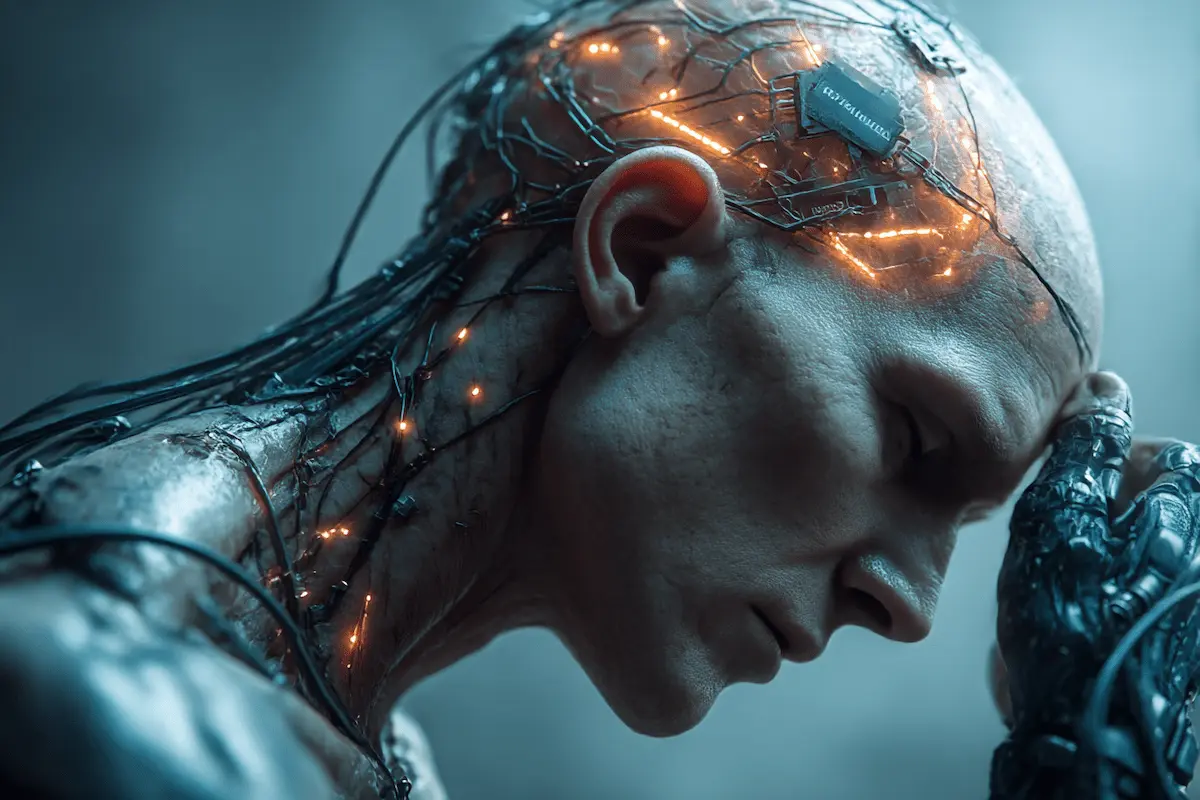AI-Human Composites: Biohybrid Bodies as the Future of Medicine
Neuralink implants in the human brain and advances in genetic engineering are driving a revolution—biohybrid bodies that offer not just medical restoration, but also superhuman enhancement. What once seemed like science fiction is now entering the real world, with experimental trials and early clinical cases already underway.

What Does a Biohybrid Body Involve?
Neuralink is already conducting human trials, building on earlier successes with BCI chips in animals. These implants deepen the interface between the brain and computers, while synthetic neural networks—hybrid systems now functional in the lab—promise even more seamless integration.
Why Does It Matter?
The technology isn’t just about recovery—it’s about expanding cognitive potential. Applications of BCI already include treating conditions like Parkinson’s, paralysis, and neurodegenerative diseases. This is a leap toward transhumanism, with technology amplifying both physical and mental abilities.
Risks and Ethical Frontiers
The fusion of humans and AI raises profound questions—privacy, data ownership, and the very meaning of identity itself. Genetic engineering also adds to the debate over “designer children” and could widen social divides if access to enhancement isn’t equal.
Ongoing Experiments
Neuralink is already implanting chips in humans to enable direct brain-computer communication, with early cases restoring limited movement. Researchers are also developing biohybrid neurons, which may become a next-generation clinical tool for restoring or boosting function.
Conclusion
Biohybrid bodies are no longer theoretical—they’re an emerging reality. If we truly master the artificial expansion of mind and body, medicine may be transformed, offering therapies that both heal and enhance.
📌 Which country do you think will see the first generation of superhumans?
✍ Thornike • June 27, 2025
✍ Article Author
- Registered: 27 April 2025, 10:30
- Location: Georgia




 Tornike
Tornike